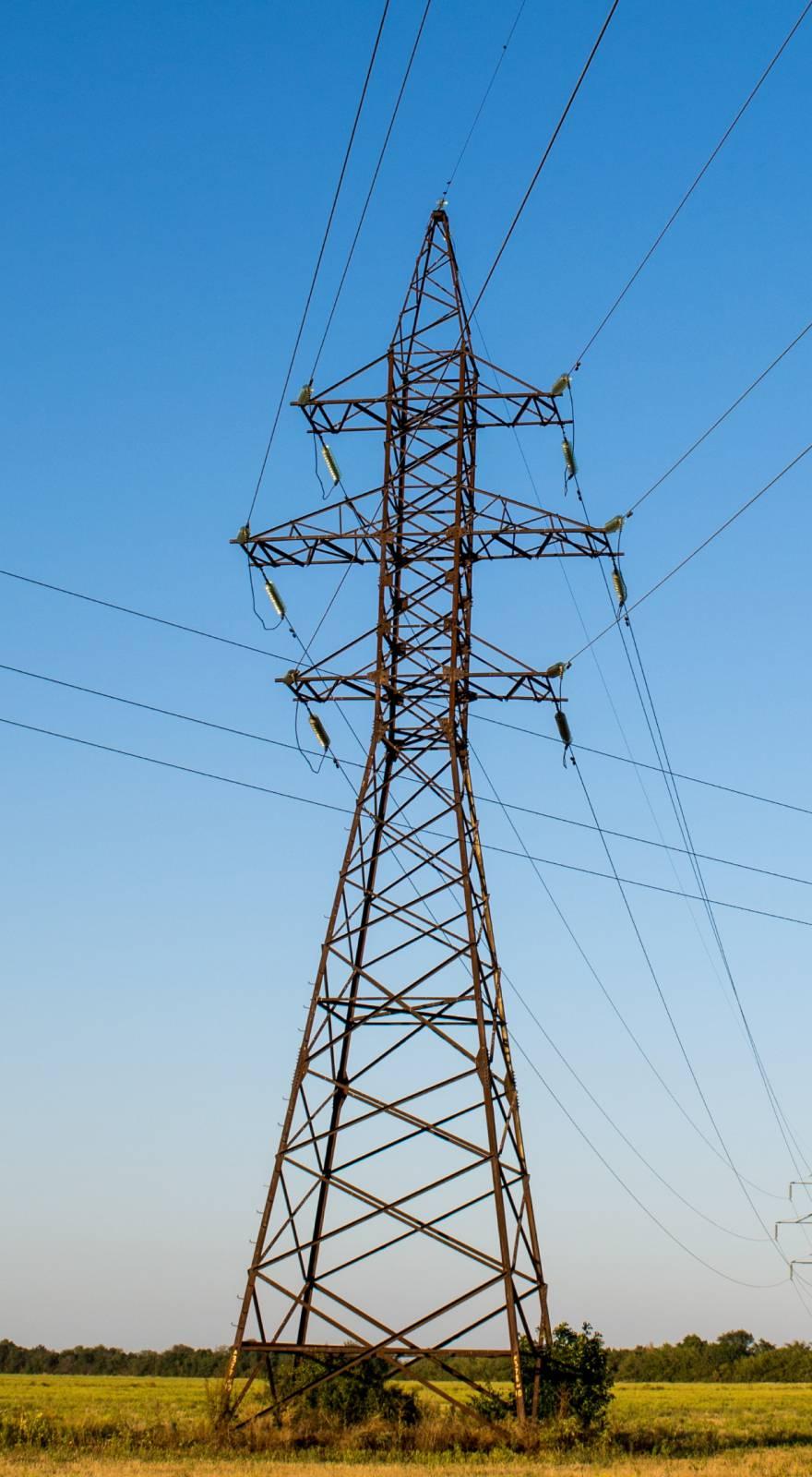Knowde Enhanced TDS
Identification & Functionality
- Composite Materials Functions
- Technologies
- Product Families
Features & Benefits
- Materials Features
- Features
RO4000 materials are reinforced hydrocarbon/ceramic laminates - not PTFE
• Designed for performance sensitive, high volume applications
Low dielectric tolerance and low loss
• Excellent electrical performance
• Allows applications with higher operating frequencies
• Ideal for broadband applications
Stable electrical properties vs. frequency
• Controlled impedance transmission lines
• Repeatable design of fi lters
Low thermal coeffi cient of dielectric constant
• Excellent dimensional stability
Low Z-axis expansion
• Reliable plated through holes
Low in-plane expansion coeffi cient
• Remains stable over an entire range of circuit processing temperatures
Volume manufacturing process
• RO4000 laminates can be fabricated using standard glass epoxy processes
• Competitively priced CAF resistant- Features
RO4000 materials are reinforced hydrocarbon/ceramic laminates - not PTFE
• Designed for performance sensitive, high volume applications
Low dielectric tolerance and low loss- Excellent electrical performance
- Allows applications with higher operating frequencies
- Ideal for broadband applications
Stable electrical properties vs. frequency
- Controlled impedance transmission lines
- Repeatable design of fi lters
Low thermal coeffi cient of dielectric constant
- Excellent dimensional stability
Low Z-axis expansion
- Reliable plated through holes
Low in-plane expansion coeffi cient - Remains stable over an entire range of circuit processing temperatures
Volume manufacturing process
- RO4000 laminates can be fabricated using standard glass epoxy processes
- Competitively priced CAF resistant
Applications & Uses
- Applications
- Recommended Applications
- Cellular Base Station Antennas and Power Amplifi ers
- RF Identifi cation Tags
- Automotive Radar and Sensors
- LNB’s for Direct Broadcast Satellites
Properties
- Typical Properties
| Value | Units | Test Method / Conditions | |
| Dielectric Constant, εr, Process | 3.48 ± 0.05 | — | IPC-TM-650 2.5.5.5 |
| Surface Resistivity | 5.7 x 10^9 | MΩ | IPC-TM-650 2.5.17.1 |
| Dielectric Constant, εr, Design | 3.55 | — | Differential Phase Length Method |
| Volume Resistivity | 1.2 x 10^10 | MΩ-cm | IPC-TM-650 2.5.17.1 |
| Dissipation Factor tan d, at 10 GHz | 0.0037 | — | IPC-TM-650 2.5.5.5 |
| Dissipation Factor at 2.5 GHz | 0.0031 | — | IPC-TM-650 2.5.5.5 |
| Thermal Coefficient of εr | 50 | ppm/°C | IPC-TM-650 2.5.5.5 |
| Electrical Strength | 31.2 | KV/mm | IPC-TM-650 2.5.6.2 |
| Tensile Modulus | 11473 | kpsi | ASTM D638 |
| Tensile Strength | 175 | kpsi | ASTM D638 |
| Flexural Strength | 255 | kpsi | IPC-TM-650 2.4.4 |
| Dimensional Stability | max. 0.5 | mm/m | IPC-TM-650 2.4.39A |
| Coefficient of Thermal Expansion - X Axis | 14 | ppm/°C | IPC-TM-650 2.1.41 |
| Coefficient of Thermal Expansion - Y Axis | 16 | ppm/°C | IPC-TM-650 2.1.41 |
| Coefficient of Thermal Expansion Z Axis | 35 | ppm/°C | IPC-TM-650 2.1.41 |
| Tg | min. 280 | °C TMA | IPC-TM-650 2.4.24.3 |
| Decomposition Temperature (Td) | 390 | °C TGA | ASTM D3850 |
| Thermal Conductivity | 0.62 | W/m/°K | ASTM C518 |
| Moisture Absorption | 0.06 | % | ASTM D570 |
| Density | 1.86 | g/cm3 | ASTM D792 |
| Copper Peel Strength | 0.88 | N/mm | IPC-TM-650 2.4.8 |

